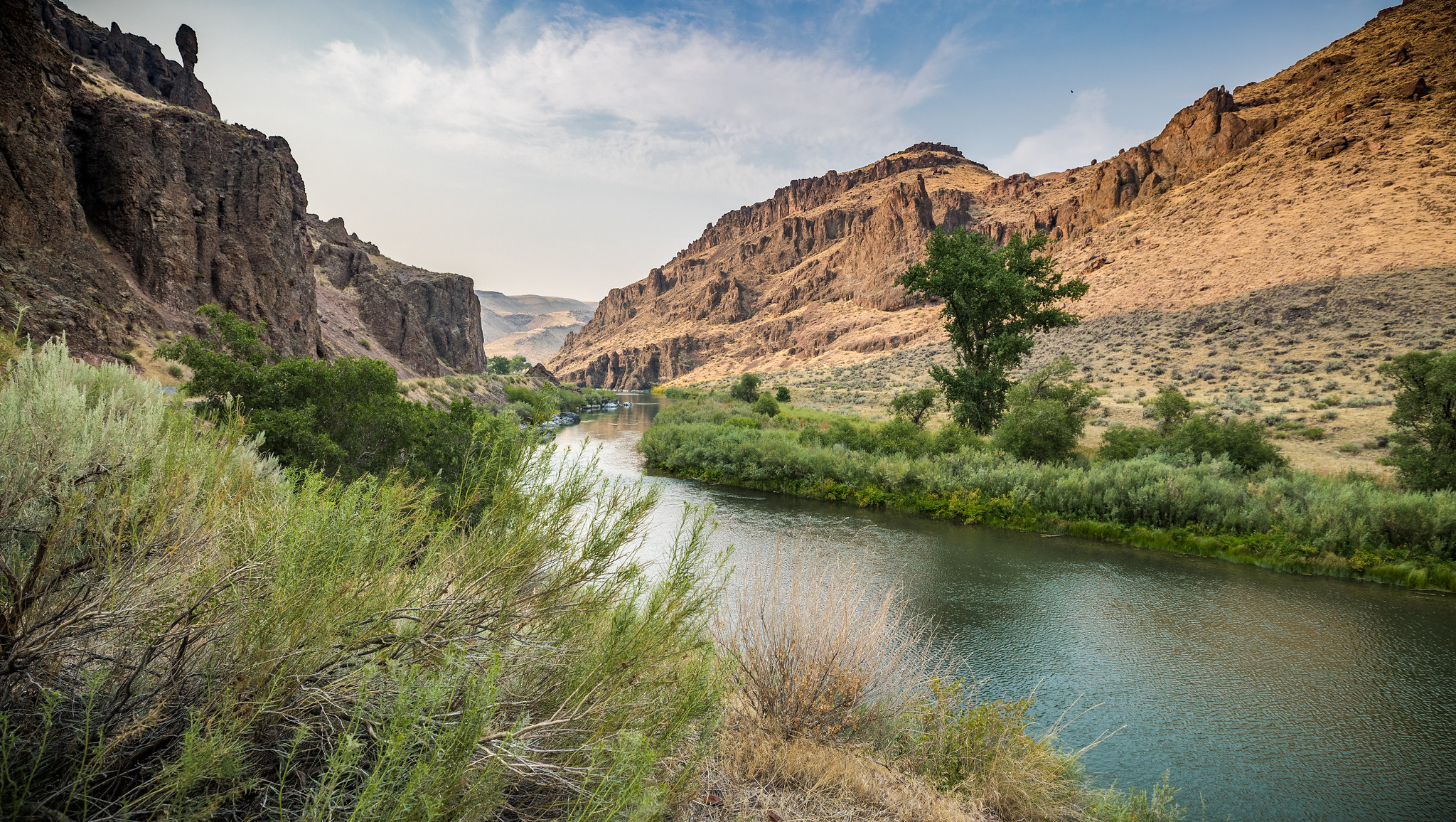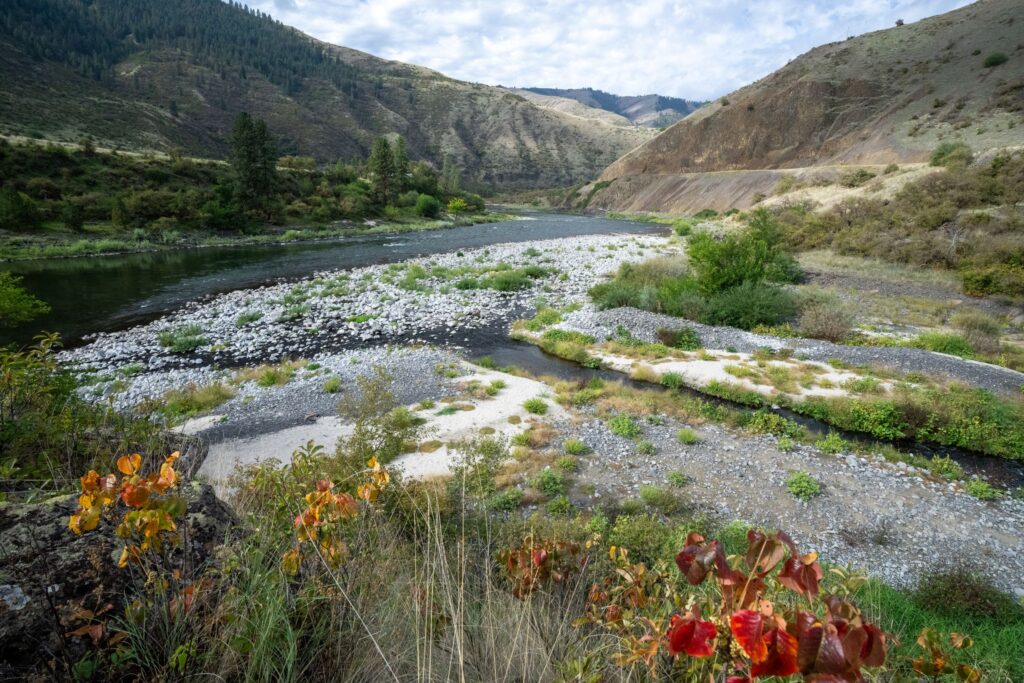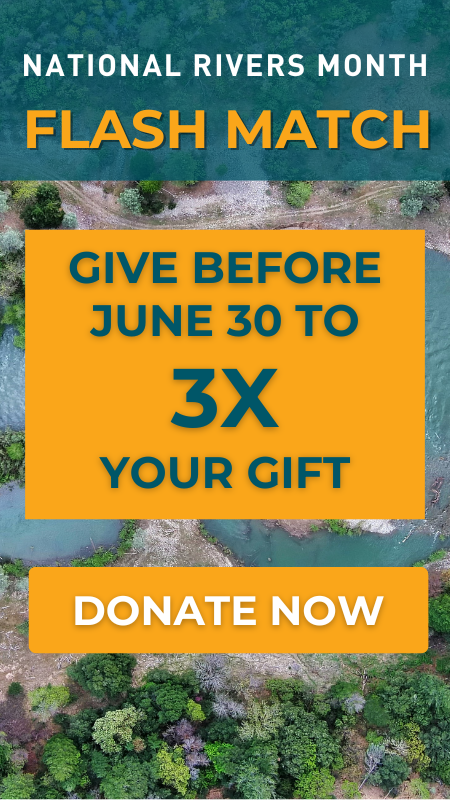Owyhee River

The Owyhee Canyonlands is a national treasure and a crown jewel of the great state of Oregon. It’s one of the most remote, wild and untouched places in the American West. The Owyhee is irreplaceable—and represents one of the largest conservation opportunities remaining in the continental United States.
Reaching more than 2 million acres in the eastern stretches of Oregon, the opportunities for solitude, adventurous recreation, backcountry experiences in the Owyhee are unparalleled. However remote, the Owyhee is bursting with life. From time immemorial the Native American tribes of the Upper Snake River have called this area home, and the vast tracts of public lands are leased to support traditional ranching opportunities and are increasingly attracting tourism to the region. Rugged red-rock canyons, carved by desert rivers and blue-ribbon trout streams, the Owyhee’s diverse wild lands and waters is also home to more than 200 species, including golden eagles, pronghorn antelope, elk, the imperiled Greater sage-grouse and the largest herd of California bighorn sheep in the nation.
However, the landscape is threatened by unmanaged recreational use, desecration of tribal sacred sites, wildfires, invasive species and unsustainable grazing practices. While remoteness has long safeguarded the Owyhee, development pressure — including mining and oil and gas development — is clawing at its edges. Fortunately, local advocates had the foresight to work together to speak up for this wild place and all it stands for. And statewide and local support continues to grow.
Starting in 2018, at the invitation of Oregon Senator Ron Wyden, American Rivers worked with the Owyhee Basin Stewardship Council, a locally based ranching organization, the Burns Paiute Tribe, the Upper Snake River Foundation and our conservation partners to establish a meaningful collaboration between tribal nations and the ranching community to protect the Owyhee Canyonlands. The objectives of the collaborative are to develop strategies for invasive species encroachment, address fire risk and secure protections for more than 1.2 million acres of public land and 15 miles of the Owyhee River as Wild and Scenic in Malheur County.
Did You know?
Indigenous peoples have lived in this landscape since time immemorial, and the Owyhee is the homelands to regional tribes, including the Burns Paiute, Fort McDermitt Paiute-Shoshone, Shoshone-Bannock, Shoshone-Paiute, Cayuse, Umatilla and Walla Walla.
Spanning three states, the vast Owyhee watershed includes more than 500 miles of rivers, streams and springs that support fish, wildlife and people.
In Idaho and Oregon’s portion of the Owyhee river system, there are more than 300 miles of Wild & Scenic River and many more that are worthy of protection.
Prior to the dam-building era of the 1930s, salmon historically made their way from Nevada to the Pacific Ocean and back via the Owyhee, Snake, and Columbia Rivers.
The Owyhee Canyonlands is one of the best places to view the night sky and the Milky Way and in the coming decade with development scientists say it may become one of the only places to view these starry wonders in the lower 48.
The U.S. Fish and Wildlife Service has pinpointed the Owyhee Canyonlands as one of six areas in the nation critical to the Greater sage-grouse’s survival.
The Owyhee is home to 14 species of bats.
It is estimated that there are at least 28 species of plants that are found nowhere else in the world save the Owyhee, including Packard’s blazing star and the Owyhee clover.
What states does the river cross?
Oregon
want to learn more?
Everything about the Owyhee is big. The landscape, the threats — and the opportunities we have to protect it. Learn more and take action:
Explore the one-of-a-kind Owyhee Canyonlands: https://www.owyheewonders.org/
Learn more about the growing coalition of people working to protect the Owyhee Canyonlands: https://wildowyhee.org/
Thank Oregon Senators Wyden and Merkley for introducing the Malheur Community Empowerment for the Owyhee Act: https://wildowyhee.org/thank-your-senators/


Thanks to the work of this collaborative to reach an agreement, Oregon Senators Ron Wyden and Jeff Merkley introduced the Malheur Community Empowerment for the Owyhee Act in late 2019 to codify the principles of economic security for rural communities while establishing durable conservation protections for the Owyhee Canyonlands.

Let's stay in touch!
We’re hard at work in the Pacific Northwest for rivers and clean water. Sign up to get the most important news affecting your water and rivers delivered right to your inbox.


